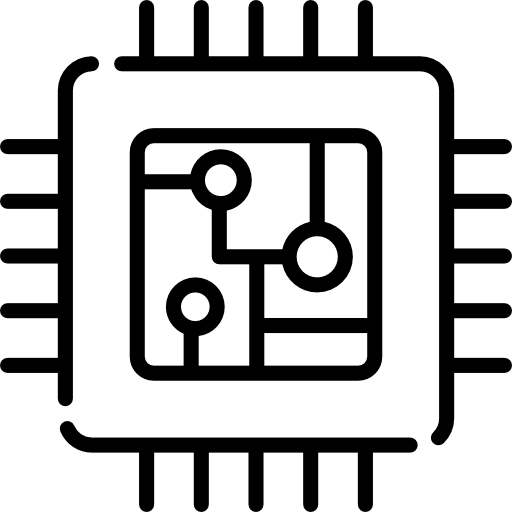What Is Paper Trading? Definition and Strategies
Let’s outline the key benefits of paper trading, looking at the ways it shortens the learning curve so that novices have an advantage when it’s time to play the game with real money. A final approach can be used at any time, even during weekends when the financial markets are closed. Have a friend or spouse pick a technical chart at random, print it out, and hand it to you with the right side covered by a second piece of paper. Make sure the chart has all the technical indicators you want to use in real-world trading.
What the Nerds think of TradeStation 🤓
Most U.S. brokers do not charge monthly account fees or require minimum deposits, making paper trading essentially free. You will have to open a standard brokerage account, but you do not need to deposit anything into it. Some brokers may charge for real time data, but delayed data is fine for paper trading. Paper trading is trading with a simulated portfolio instead of real money. It allows novices to become comfortable investing real money and helps experienced investors evaluate complex trading strategies before putting money at risk. The practice gets its name from how investors would once mark axi review down their hypothetical stock purchases and sales — and track their returns and losses — on paper.
Are paper trading and stock simulators the same thing?
- It costs nothing, and you can’t lose money with bad decisions or poor timing.
- While there are plenty of positives to paper trading, there are also some limitations that you need to consider.
- Traders should take advantage of these features to prevent making costly mistakes and maximize their long-term risk-adjusted returns and performance.
- As they do, they can track the fluctuations in an account’s value, along with profit and loss, and other key metrics.
A trade plan is a comprehensive set of rules and guidelines that define how, when, and why you trade. It includes your trading goals, risk tolerance levels, preferred trading instruments, and specific criteria for entering and exiting trades. It’s also important to record every trade, whether successful or not. This includes not only the entry and exit points, but also the trader’s investment thesis and their thought process on choosing an exit price.
This is invaluable to the novice trader as they can then seamlessly move from their demo account to a real trading account, having learnt how to use all the tools they need. We think the best paper trading site is the one that you’re going to use when you start investing real money, since you’ll be used to the experience. For those types of instruments, try starting small once you decide to move from paper trading to live trading.
This provides traders with the opportunity to practice in a lifelike setting and prepare for real-world trading scenarios. Seasoned traders are also able to sense-check new trading methods and ideas with no risk. If there’s a new set of trading conditions they’d like to test before committing real money, paper trading demo platforms can help them to understand if their method will work. And if it doesn’t, there’s also the opportunity to refine in real-time until it produces the desired results. This helps build trust not only in trading abilities and prepares an individual for the challenges of real trading, but also helps investors to learn from their mistakes by analyzing why a trade didn’t work.
The Importance of Tracking and Analyzing Your Paper Trading Performance
Before you even think about becoming profitable, you’ll need to build a solid foundation. That’s what I help my students do every day — scanning the market, outlining trading plans, and answering any questions that come up. You can see how paper trading can be beneficial to developing your trading skills. But you must remember that these gains aren’t real — and that you’ll be trading with smaller money in the real world. The downside of TradeStation is that you can’t access the platform unless you have an account, but you can make an account and access its baseline tools with no deposit required. Tradestation is considered a trading technology leader and attracts casual to seasoned traders.
For some investors, this can be a valuable experience before they dive in with real money–and the potential for real losses. Trading can be intimidating, especially for those who are new to the financial markets. Paper trading allows beginners to gain experience and build confidence in their abilities without risking real money. By practicing in a simulated environment, traders can become more comfortable with the mechanics of trading and develop a sense of control over their decisions.
Analysis and feedback, derived from reviewing articles, statistics, and professional reviews, are crucial in paper trading. They provide insights into market trends, trading strategies, and the effectiveness of simulated trades. In my experience, the best thing about paper trading is it will give you the space to figure out the trading style that best suits your personality, risk tolerance, and investment horizon.
Analyzing your trades also helps you understand what does work for you. By reviewing your winning trades, you can identify the strategies or techniques that led to success. You’re then able to stress-test these How to buy ethereum methods across multiple scenarios and security types. Keep in mind that self-directed trading takes significant time and effort. If you don’t have the time, interest, or expertise to make your own trading decisions, consider working with a financial advisor such as WiserAdvisor or a robo-advisor such as M1 Finance.
In a nutshell, paper trading is essentially a way for traders to learn more about buying and selling stocks without actually using any real money. There is forex swing trading strategies no way for traders to make any real money from paper trading but the experience and learning they gain from paper trading is invaluable to their future real-world trading endeavors. All account holders, including those with simulated trading accounts, get access to a large historical market databases to help you back-test trading strategies. They charge zero commissions on stocks, options, and futures and provide strong tech support as well.
But you will experience investing differently when you have real money at risk. A $10 loss of real money feels vastly different than a $100,000 loss of nonexistent money. At this time, Fidelity doesn’t offer paper trading, but beginners aren’t left in the cold. Fidelity offers fractional shares of stocks and ETFs, which still allows novices to get started without risking too much money. Paper trading is often bundled with other services in broker accounts.






